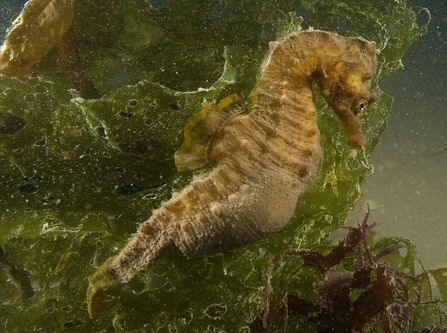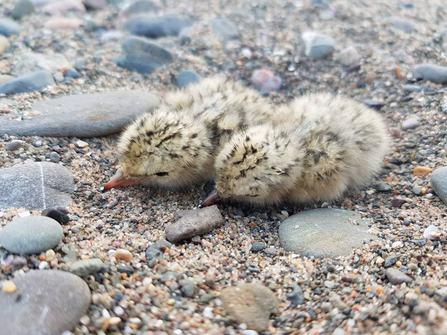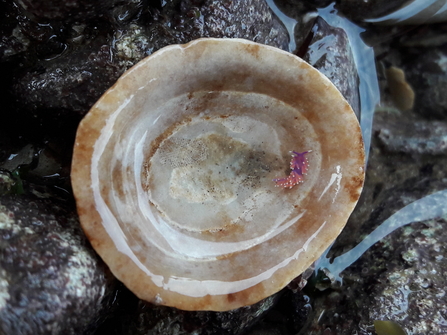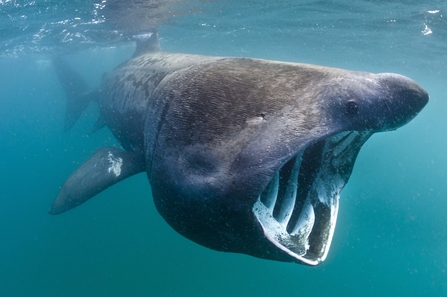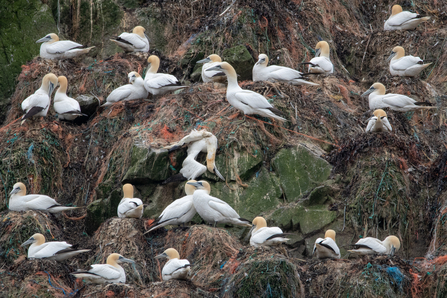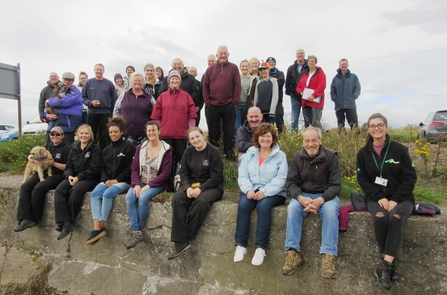The Wildlife Trusts’ first ever UK marine review of the year reveals some new discoveries, some surprising finds and offers a fascinating glimpse of the vast diversity of sea wildlife living around UK shores. Thousands of marine volunteers helped Wildlife Trusts survey the sea and coastline in 2018 to gather information and enable Trusts to monitor the health of the UK’s marine environment. Many of these people cleaned beaches of tonnes of rubbish.
Review highlights:
- Conservation action helps rare marine wildlife to make a comeback: from extremely rare short-snouted seahorse and responsible fishing scheme, to crawfish, undulate rays, little terns, new seagrass bed charted and highest ever count of sanderlings
- Bumper year for marine surveys and sightings, nudibranch (sea slugs), curled octopus and basking sharks in Wales
- Mysterious sightings: boar fish, millions of marine animals stranded, Sowerby’s beaked whale and basking shark in Kent
- Sewage spills, plastic pollution effects and magnificent beach cleans
Dr Lissa Batey, senior living seas officer at The Wildlife Trusts, says:
“This review of sightings and action from across the UK has given a glimpse, a mere taster, of the wonders of our marine wildlife – delightful species that everyone has the opportunity to encounter and learn more about. But it has also shown us the problems that remain and the challenges that our sea life faces. It’s not too late. We are already seeing recovery in some of our Marine Protected Areas, but we don’t yet have a fully functioning network of nature reserves at sea, where wildlife has the opportunity to thrive. That’s why we are looking forward to the third designation of Marine Conservation Zones in 2019 – with these we would have the potential to reverse current marine wildlife declines.”

